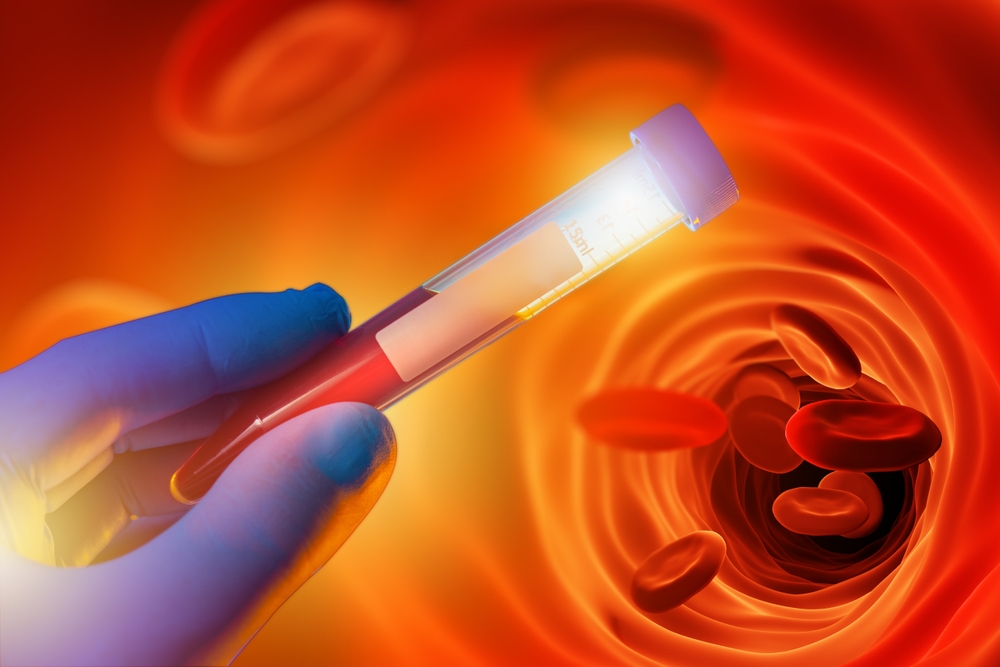Receiving results from a full blood count (FBC) test can sometimes be a little overwhelming, including a number of abbreviations that might not be immediately obvious. These results can be essential in the early detection of various conditions and as a snapshot of an individual’s overall health, making understanding and knowing how to interpret them crucial.
Many diagnostic labs such as London-based Salient Bio provide customisable blood tests, including FBC, making pathology tests more available than ever before. In this guide, we’re going to cover what a full blood count test includes and how to make sense of your results.
What is a Full Blood Count?
A full blood count (FBC) is a common blood test, primarily aimed at analysing your overall health and detecting various conditions, including deficiencies, infections, inflammation or bleeding/clotting, as well as leukemia, autoimmune disorders and bone marrow disorders. A full blood count measures the amount of red blood cells, white blood cells, platelets and haemoglobin present in your blood. When combined, these results create an important view of an individual’s overall health and are crucial for accurate and efficient diagnosis.
What is Included in a FBC?
Red Blood Cells (RBCs)
The role of red blood cells is to transport oxygen from the lungs to the rest of the body, bringing the excess carbon dioxide back to the lungs to be exhaled. A red blood cells test measures the number of red blood cells present in a blood sample. Generally the ideal range is around 4.7 – 6.1 million cells per microlitre for men and 4.2 – 5.4 million cells per microlitre for women. A high red blood cell count can point to lung disease, lung scarring from smoking, heart disease, dehydration and polycythemia vera, which is a bone marrow disease causing the body to produce an excess of red blood cells. High counts can also be affected by secondary conditions and diseases, particularly those that prevent the body from getting enough oxygen such as COPD or pulmonary fibrosis. A low red blood cell count could indicate anaemia, which is when the body doesn’t produce enough red blood cells, or they aren’t functioning properly. This can be caused by a deficiency of nutrients such as iron, folate or vitamins B6 and B12. Other factors that can lower red blood cells count include blood loss, malnutrition and kidney disease.

White Blood Cells (WBCs)
White blood cells, also called leukocytes, are cells that are a part of the body’s immune system. Their primary function is to fight disease and infection by circulating in the blood, responding to foreign pathogens or injury by producing antibody proteins. White blood cells make up less than 1% of the contents of your blood, with typical values being anywhere from 4,500 – 11,000 cells per microlitre for adults. High levels of white blood cells can potentially indicate a present infection or inflammation, or otherwise area of stress within the body. A low white blood cell count can indicate an autoimmune condition, or potentially a bone marrow issue, as this is where white blood cells are created.
Haemoglobin
Red blood cells’ primary function is to transport oxygen around the body. This oxygen is transported by a protein inside red blood cells called haemoglobin. Oxygen is carried from the respiratory organs to other tissues within the body, where it is released, enabling aerobic respiration which fuels metabolism. Haemoglobin is typically measured in grams per decilitre (one tenth of a litre). Normal ranges for haemoglobin are around 13.8 – 17.2 grams per decilitre for men and 12.1 – 15.1 grams per decilitre for women. Low counts of haemoglobin can indicate anaemia of a deficiency, whereas high counts can point to conditions such as polycythemia or lung conditions.
Haematocrit (Hct)
Your haematocrit count shows the percentage of your blood that is made up of red blood cells (as opposed to a RBC test which shows how many RBCs are present in a blood sample). The normal range for men is typically 40.7% – 50.3%, with 36.1% – 44.3% being the typical range for women. A high percentage can often indicate a condition affecting red blood cells production, or dehydration. Low percentages of haematocrit usually point towards anaemia.
Platelets
Platelets help the blood clot around an area of physical stress or injury, such as a cut, graze or other wound. This clot will harden forming a scab, preventing excessive bleeding and protecting the wound from infection. The ideal range of platelets in the blood is around 150,000 – 450,000 per microlitre of blood. Low platelet counts can lead to slow healing or bleeding, and can indicate the presence of an autoimmune condition, whereas a high count usually suggests a risk of clotting disorders or coagulation disorders.
Understanding your results can be crucial in the detection and treatment of various conditions, as well as providing a glimpse into an individual’s overall health.





